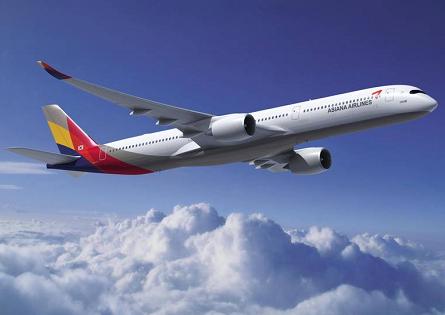Airbus is not intending to change the size of the A350-1000 as it heads towards definition freeze for the twinjet by the end of this year, although it has yet to confirm the extent to which it might adapt the aircraft to better compete with the Boeing 777-300ER.
Overall configuration of the A350-1000 was validated in November 2010, including the type's fuselage size. Sources close to the programme indicate that there are no plans to change the aircraft's basic dimensions. The A350 will typically seat 350 passengers against the 777-300ER's 370.
But there is still a lack of clarity as to whether Airbus is to tweak the thrust requirement for the type.
Industry sources familiar with the situation say that Airbus insists it is "not changing the size of the aircraft", but "recognises that an increased thrust may result in slightly higher fuel burn".
If Airbus changes the thrust, and this leads to a larger fan size on the powerplant, says the source, the aircraft would also "probably" need a re-optimised pylon.
Rolls-Royce, which is supplying the Trent XWB engine for the A350 family, has declined to comment beyond supporting a statement in March, by Airbus vice-president of marketing Andrew Shankland, that the Trent was sufficient to power the twinjet.
Airbus's efforts to keep definition freeze on schedule come as Emirates is looking at a possible switch of A350-900s to the -1000, although the Dubai-based carrier says that the type - as it stands - does not compare to the 777-300ER, and that Airbus should be considering a higher take-off weight and greater thrust.
Last year's validation of the A350-1000 airframe, says Airbus, means the aircraft "has the capability to meet the performance targets and guarantees".
Airbus adds that it is "progressing well" with the A350, with a technology insertion programme for the -1000, which was created with "the objective of further optimising the airframe and performance while keeping a high level of commonality".
Qatar Airways is the launch customer for the A350-1000, with service entry intended in 2015. The carrier has 20 on order, as does Emirates. Another 35 have been ordered by Etihad Airways and Asiana.
 |
|---|
© Airbus |
Source: Air Transport Intelligence news























